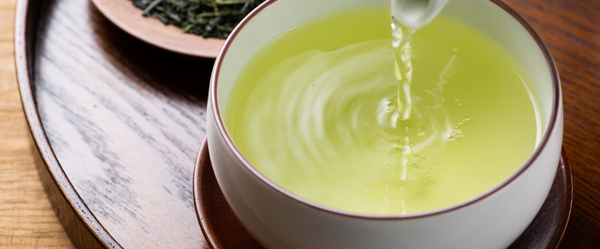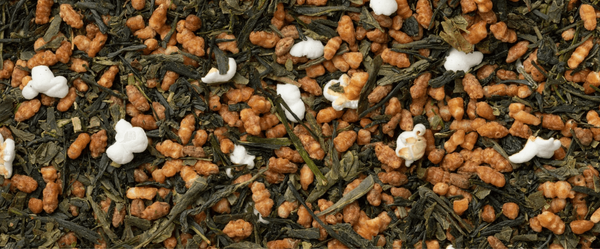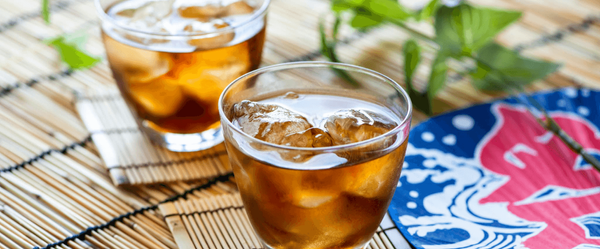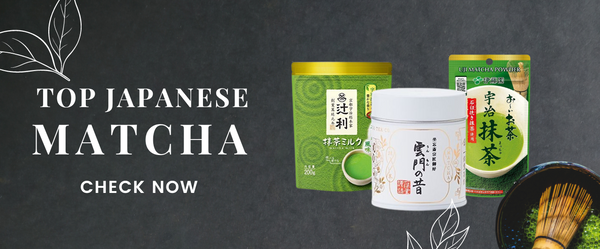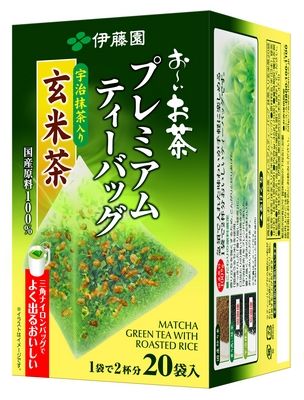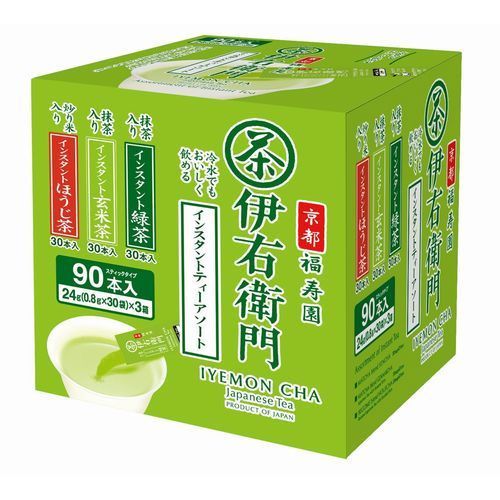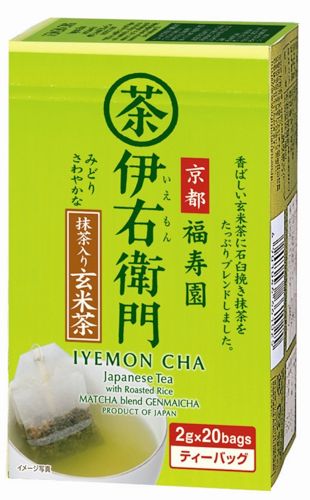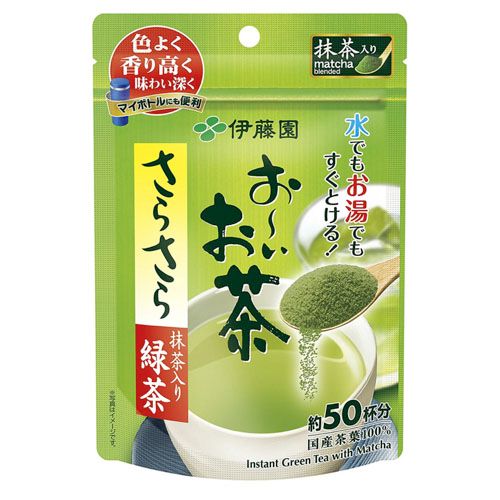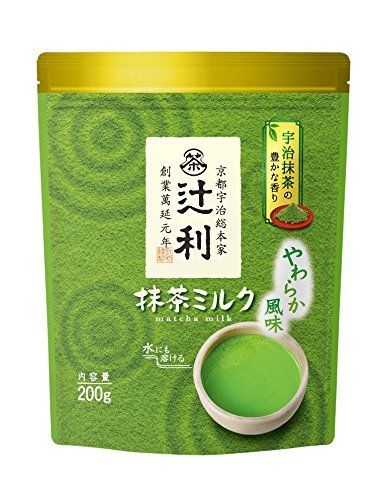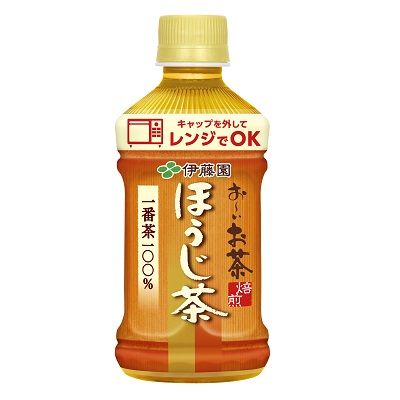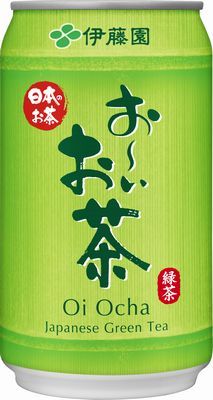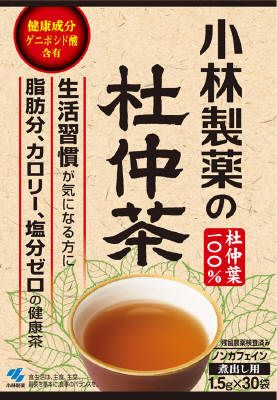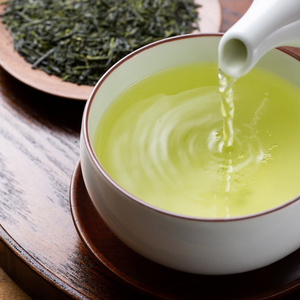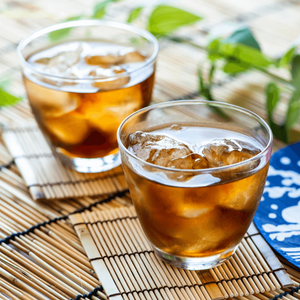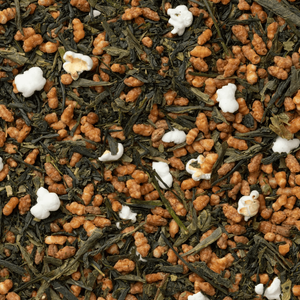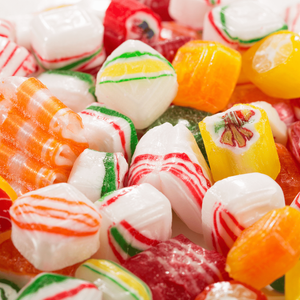Japanese Tea / Green Tea Guide
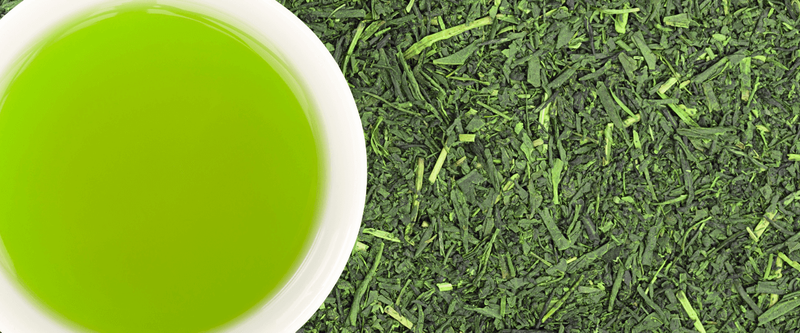
What is Japanese Tea?
“Japanese tea” refers to tea cultivated and produced in Japan. Among them, green tea is the most widely consumed. Green tea is made by steaming freshly picked tea leaves to stop fermentation, preserving their green color during the drying process. This method gives Japanese tea its vivid green hue, distinctive flavor, and rich nutritional content.
There are various types of Japanese tea such as sencha, matcha, gyokuro, and hojicha. These differences arise from variations in cultivation methods and processing techniques. For example, gyokuro, which is grown in shade, has a rich sweetness and umami, while matcha, made by grinding tea leaves into powder, is known for its unique flavor and is used in tea ceremonies.
Japanese tea is deeply connected to traditional Japanese culture, not just consumed as a beverage. As exemplified by the tea ceremony, Japanese tea encompasses spirituality and artistry. It also plays an essential role in everyday life in Japan, such as for welcoming guests or accompanying meals.
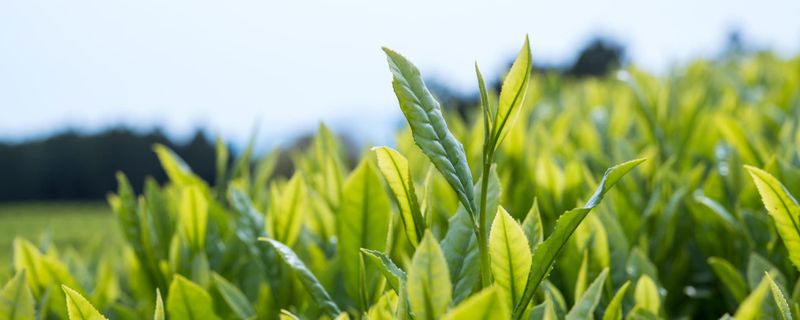
Main Health Components in Japanese Tea
Japanese tea contains various components that benefit health. The main components and their effects are as follows:
1. Catechin
- A type of polyphenol that gives green tea its astringency.
- Strong antioxidant effects that suppress the activity of reactive oxygen species, helping prevent lifestyle diseases and aging.
- May also provide antibacterial and antiviral properties.
2. Theanine
- An amino acid responsible for the umami flavor of green tea.
- Known for its relaxing effects; helps reduce stress and improve sleep quality.
- May also enhance concentration and memory.
3. Caffeine
- Contributes to the bitterness of green tea.
- Acts as a stimulant to help wakefulness and enhance focus.
- Promotes diuresis and boosts metabolism.
- However, those sensitive to caffeine should monitor their intake.
4. Vitamin C
- Green tea is rich in vitamin C.
- Expected benefits include antioxidant effects, improved immunity, and skin care.
- Though heat-sensitive, catechins in green tea help stabilize vitamin C, making it relatively resistant to degradation.
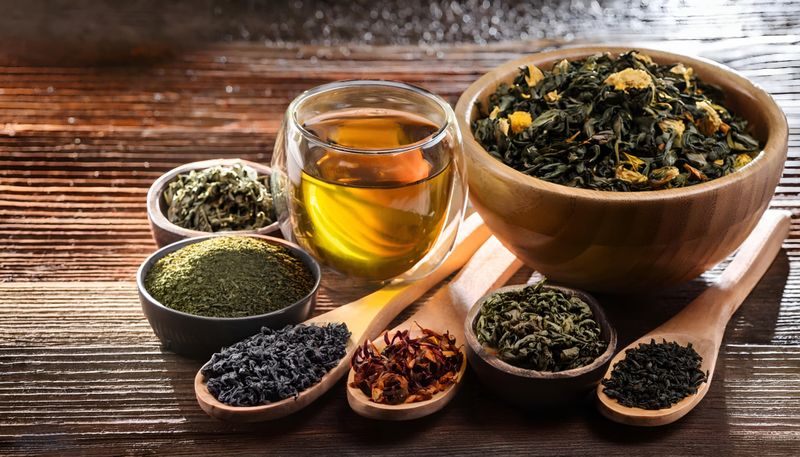
Studies on the Health Benefits of Japanese Tea
Numerous studies have been conducted both in Japan and abroad regarding the health benefits of Japanese tea. Here are some representative studies and their findings:
1. Antioxidant Effects of Catechins and Prevention of Lifestyle Diseases
- Epidemiological surveys in Japan and the U.S. have shown that people who regularly drink green tea have a lower risk of cardiovascular diseases and strokes compared to non-drinkers.
- Catechins have antioxidant properties that suppress the activity of reactive oxygen species, which may help prevent arteriosclerosis and cancer.
- They may also help suppress blood sugar spikes and reduce cholesterol levels.
2. Relaxing Effects of Theanine and Cognitive Function Improvement
- Studies have shown that theanine increases alpha waves in the brain, inducing a relaxing effect.
- It is also believed to help improve cognitive functions and memory.
- Especially when consumed with caffeine, it may enhance concentration and attentiveness.
3. Cancer Prevention and Green Tea
- Large-scale epidemiological studies in Japan suggest that daily green tea consumption may reduce the risk of several types of cancer compared to non-drinkers.
- The preventive effects are particularly noted in stomach, colon, and prostate cancers.
4. Immunity Boosting Effects of Japanese Tea
- Catechins in green tea have antibacterial and antiviral effects that may help boost immunity.
- Studies have investigated its effectiveness against influenza and norovirus, indicating that regular green tea consumption may help prevent infections.
Notes on the Studies
- These findings are based on epidemiological data and experimental results, and effects may vary depending on individual conditions and lifestyles.
- Don’t overly rely on green tea; it's important to maintain a balanced diet and healthy lifestyle.
- If you have chronic illnesses or take medication, consult a doctor about consuming green tea.

Precautions When Drinking Japanese Tea
1. Caffeine Intake
- Japanese tea contains caffeine. While it has stimulant and diuretic effects, excessive intake may cause insomnia, palpitations, or nausea.
- Matcha and gyokuro have especially high caffeine levels, so be mindful of quantity and timing.
- Pregnant or breastfeeding individuals, or those sensitive to caffeine, should opt for low-caffeine varieties like hojicha or bancha.
2. Avoid Overconsumption
- While great for hydration, drinking too much tea can strain the stomach and intestines.
- Tannins in tea may hinder iron absorption, so people prone to anemia should avoid consuming large amounts during or right after meals.
3. Pre-existing Medical Conditions
- Those with certain health issues should consult their doctor before drinking Japanese tea:
- Kidney disease: Be cautious of potassium intake.
- Stomach ulcers: Tannins may irritate the stomach—avoid drinking on an empty stomach.
- Arrhythmia: Caffeine could worsen symptoms, so monitor intake carefully.
4. Interactions with Medications
- Components in Japanese tea can affect the efficacy of some medications.
- If you are taking medication, consult your doctor or pharmacist about possible interactions.
5. Hot Tea Temperature
- Very hot tea may strain the esophagus and stomach.
- Let tea cool to around 60°C before drinking.
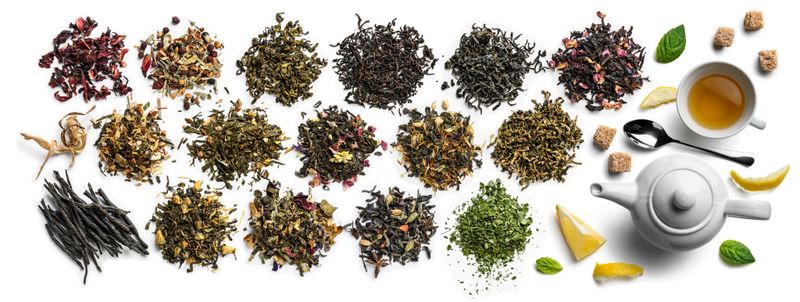
Flavor Differences, Health Benefits, and Caffeine Content
| Type of Tea | Flavor Profile | Health Benefits | Caffeine Level |
|---|---|---|---|
| Sencha | Refreshing, well-balanced taste with mild bitterness & sweetness | Antioxidant, immune boost, improves blood circulation | Medium |
| Genmaicha | Toasty aroma, light sweetness, slight astringency | Aids digestion, relaxing, gentle on stomach | Low |
| Mugicha | Refreshing, toasty, slightly sweet | Aids digestion, refreshing, helps lower blood pressure | None |
| Matcha | Rich, strong sweetness, minimal astringency | Enhances focus, antioxidant, relaxing | High |
| Gyokuro | Strong sweetness, minimal astringency, mellow | High antioxidant, relaxing, improves concentration | High |
| Fukamushi Sencha | Rich, deep flavor, strong sweetness, low bitterness | High antioxidant, immune boost, refreshing | Medium |
| Hojicha | Toasty and mellow, low bitterness | Relaxing, aids digestion, reduces stress | Low |
| Kabusecha | Strong sweetness, almost no astringency, mellow | Enhances focus, antioxidant, relaxing | High |
| Bancha | Mild, easy to drink, light bitterness and sweetness | Supports dieting, aids digestion | Low |
| Kukicha | Light and refreshing, slight bitterness and mellow sweetness | Gentle on stomach, aids digestion, refreshing | Medium |
| Tamaryokucha | Mild and rich sweetness, low astringency | Refreshing, immune boost, antioxidant | Medium |
| Konacha | Light taste, slight astringency and sweetness | Health maintenance, refreshing, antioxidant | Medium |
| Kamairicha | Strongly toasty, light and modest sweetness | Post-meal digestion aid, relaxing | Medium |
| Black Soybean Tea | Deep, toasty flavor with slight sweetness | High antioxidant, improves blood flow, boosts immunity | Low |
| Soba Tea | Nutty, toasty, lightly sweet | Improves circulation, antioxidant, aids digestion | Low |
\Check the current lowest price/
Check all tea products
What is Sencha?
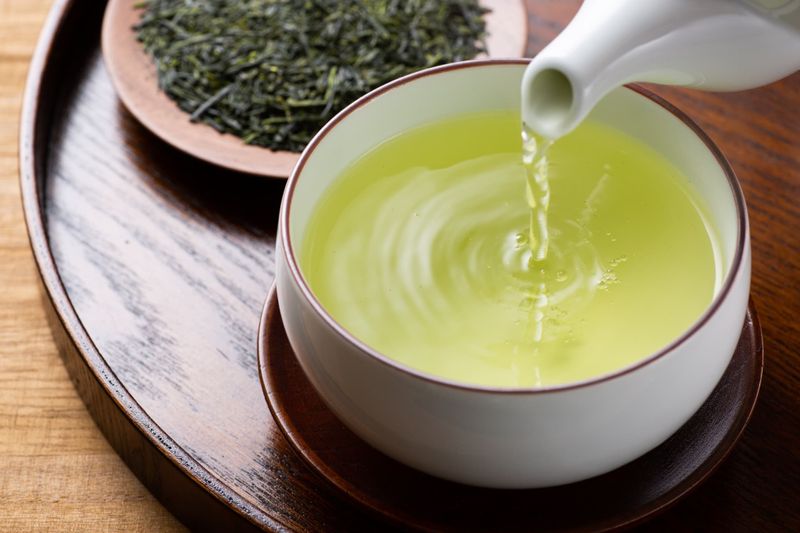
Sencha is the most commonly consumed type of green tea in Japan, known for its diverse characteristics. Its flavor stands out with a perfect balance of the fresh aroma of young tea leaves, pleasant astringency, and rich umami. Through the steaming process, the tea retains its vivid green color, both in the leaves and in the brewed cup.
The flavor of sencha can vary significantly depending on factors like how the tea is cultivated, when it’s harvested, and how long it’s steamed. This diversity allows for a wide range of flavor experiences.
In addition to its delicious taste, sencha is rich in health-promoting components such as catechins, vitamin C, and theanine. These components are known for their antioxidant properties, relaxation effects, and other health benefits, making sencha not just a drink but a beloved part of daily wellness in Japan.
Do you want to know more about Japanese sencha? Guide to Japanese Sencha introduces popular Japanese sencha products and provides more detailed information about sencha.
What is Genmaicha?
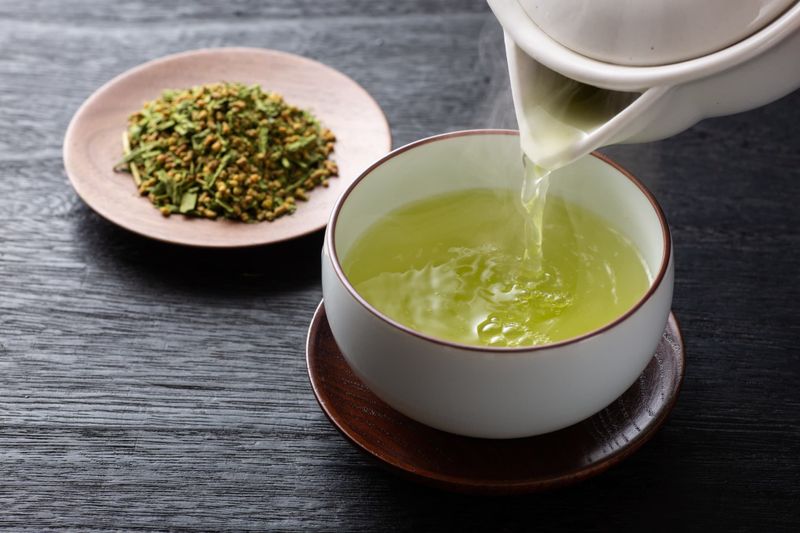
Genmaicha is a Japanese tea made by blending green tea with roasted brown rice. Its distinctive roasted aroma and mild sweetness are highly appealing. Originally created during times when tea leaves were expensive, people added brown rice to stretch their supply. Today, genmaicha is enjoyed for its rich flavor and comforting scent.
Genmaicha offers the refreshing taste of green tea enhanced by the roasted notes of brown rice, creating a deeper, more relaxing flavor. Some brown rice grains even pop like popcorn, adding a fun visual element.
Health-wise, genmaicha is gentle on the body. Brown rice contributes dietary fiber, B vitamins, and minerals, while green tea adds antioxidants—making it a well-balanced, health-friendly beverage.
It can be enjoyed both hot and cold and is commonly paired with meals, helping enhance food flavors and providing a calming end to dining.
Do you want to know more about Japanese genmaicha? Japanese Genmaicha(Rice Tea/Brown Rice Tea) Guide introduces popular Japanese genmaicha products and provides more detailed information about genmaicha.
What is Mugicha?

Mugicha is a traditional Japanese drink made from roasted barley. It is brewed by boiling roasted barley, resulting in a toasty aroma and rich, deep flavor. Since it doesn't use tea leaves, mugicha contains no caffeine, making it a safe choice for children and pregnant individuals.
It is especially popular during summer when served chilled. Its refreshing and clean taste is perfect for hot weather. Mugicha is widely available in Japan, with ready-made tea bags commonly sold in supermarkets.
Health benefits include polyphenols that help lower blood pressure and components that aid digestion. It’s also sometimes used in cooking—such as cooking rice with mugicha to add a toasty flavor.
Thanks to its ease of preparation and health benefits, mugicha is not only beloved in Japan but also in other Asian countries.
Do you want to know more about Japanese Mugicha? Japanese Mugicha(Barley Tea) Guide introduces popular Japanese Mugicha products and provides more detailed information about mugicha.
What is Matcha?
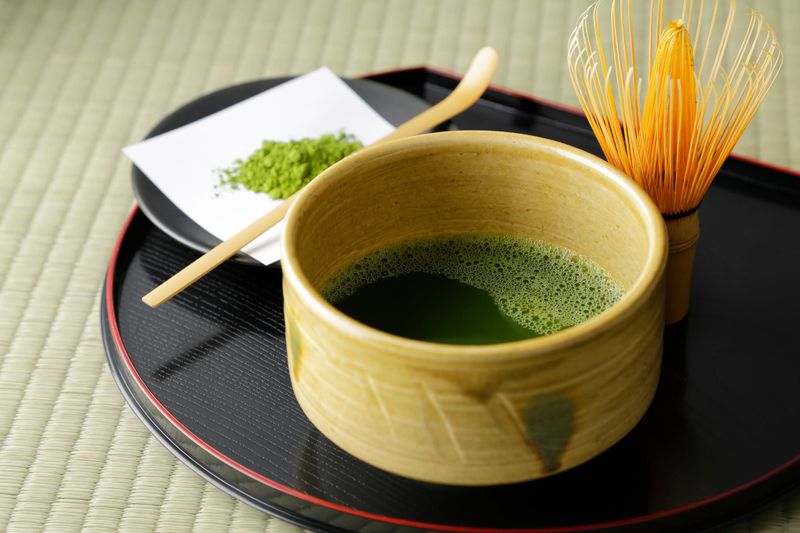
Matcha is a traditional Japanese green tea made from powdered tea leaves grown under special conditions. Unlike typical green tea, matcha is consumed whole, allowing for a higher intake of nutrients. The leaves used for matcha are shade-grown and hand-picked, enhancing their amino acid and antioxidant content.
Matcha plays a central role in Japanese tea ceremonies, where it is whisked with a bamboo tool in a ritualistic manner. Its deep flavor and rich aroma also make it a popular ingredient in foods and sweets such as matcha ice cream and cakes.
With its powerful antioxidants, matcha is believed to aid in anti-aging and health maintenance. The caffeine in matcha offers a more stable and gentle energy boost compared to coffee, promoting relaxation and focus at the same time.
Closely tied to Japanese culture, matcha’s exquisite taste and health benefits have made it a beloved beverage worldwide.
Do you want to know more about Japanese matcha? 10 Best Matcha Powders in Japan introduces popular Japanese matcha products and provides more detailed information about matcha.
What is Gyokuro?
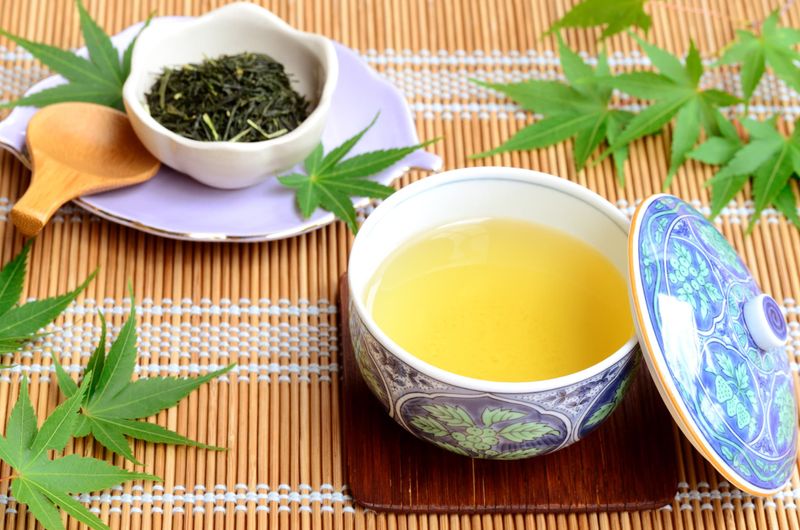
Gyokuro is one of the most luxurious types of Japanese green tea, known for its rich sweetness and elegant aroma. Unlike other green teas, gyokuro is grown under shade for 20 to 30 days before harvest. This unique cultivation process increases chlorophyll and preserves amino acids like theanine and catechins, resulting in its mellow sweetness and umami.
Its flavor is characterized by a strong sweetness with minimal bitterness. When tasted directly, gyokuro provides a smooth and rich sweetness with a lingering refreshing finish, making it a luxurious treat.
Due to its high quality and price, gyokuro is often reserved for special occasions or given as gifts. In tea ceremonies, careful brewing is essential—using water at 70–80°C for a short time to maximize flavor.
Gyokuro's unique cultivation and luxurious taste make it a prestigious part of Japan’s tea culture.
What is Fukamushi Sencha?
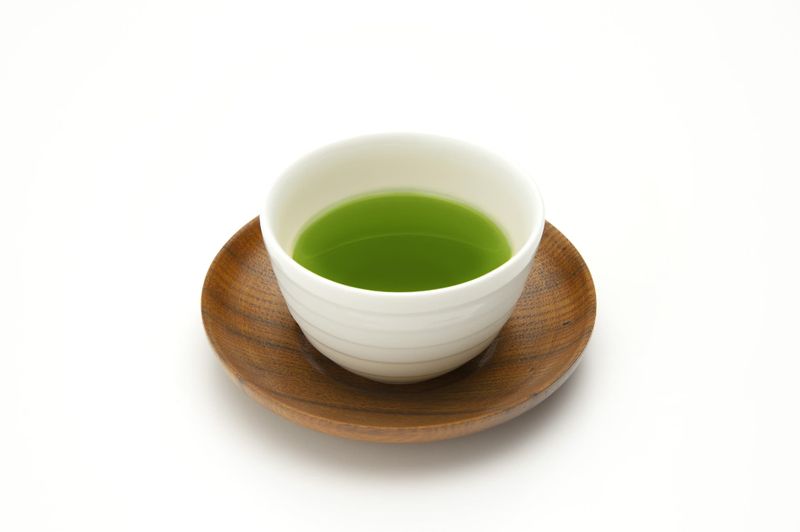
Fukamushi Sencha (deep-steamed sencha) is a type of green tea that undergoes a longer steaming process compared to regular sencha. While standard sencha is steamed for about 30 seconds to 1 minute, fukamushi sencha is steamed for over 2 minutes, resulting in a thoroughly steamed leaf and a distinct taste and aroma.
The extended steaming brings out more of the tea’s inner components, reducing bitterness while enhancing sweetness and umami. The result is a mellow, rich, and smooth flavor with a lingering refreshing aftertaste.
Due to the longer steaming, the leaves become more brittle and break down into smaller particles, which may cause the tea to appear cloudy—but this is a characteristic feature and part of its appeal.
Fukamushi sencha is mainly produced in regions like Shizuoka and Kyushu. Because the tea leaves are finer, it brews quickly and easily, even with a shorter steeping time. Using water around 80–85°C helps bring out its best flavor.
It’s commonly enjoyed during meals in Japanese households and enhances the taste of food, making it a staple in daily life.
What is Kabusecha?
Kabusecha is a premium Japanese green tea grown using a shading method similar to gyokuro. About one week before harvest, tea plants are covered with a screen to block direct sunlight. This shading increases amino acids like theanine, suppresses bitterness, and enhances sweetness and umami.
Unlike gyokuro, the shading period for kabusecha is shorter, allowing it to retain some of the refreshing qualities of sencha while offering a richer, sweeter flavor. The tea leaves are large, bright green, and produce a well-balanced taste that’s mellow and easy to drink.
Proper brewing is important—use water around 80°C and avoid over-steeping to extract the smoothest flavor. Kabusecha is often considered a high-quality tea suitable for gifts or special occasions, enjoyed more selectively than everyday sencha.
What is Bancha?
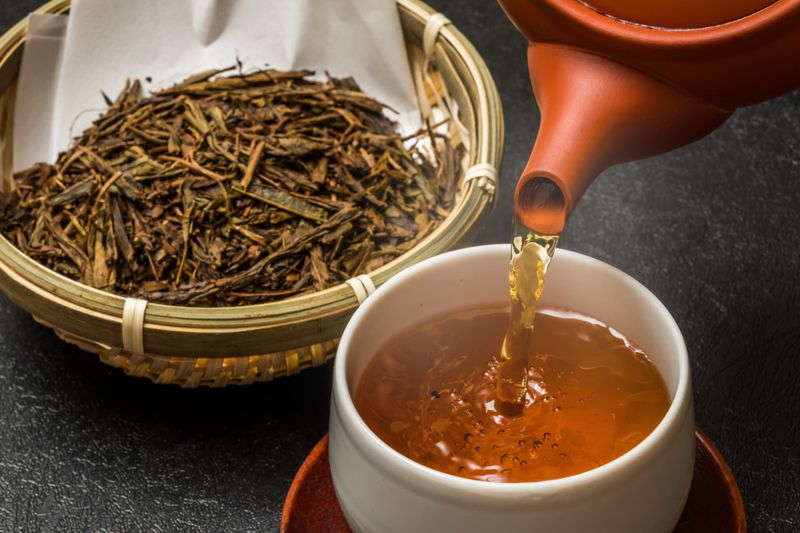
Bancha is a widely consumed, affordable type of Japanese tea known for its everyday use. It is typically made from older tea leaves harvested after higher-grade teas like sencha, gyokuro, or matcha. Depending on the harvest time and parts used, there are many variations of bancha.
Bancha has a mild flavor with low bitterness, making it easy to drink. The leaves are usually steamed longer than sencha and may be roasted in some cases, which gives it a toasty aroma and soothing taste.
It can be enjoyed hot or cold and is often served with meals. In summer, cold bancha is popular for its clean, refreshing taste. Its lower caffeine content also makes it suitable for children, the elderly, and pregnant individuals.
Thanks to its affordability and simplicity, bancha is a common household tea across Japan.
What is Kukicha?
Kukicha, or stem tea, is a type of Japanese green tea made mainly from the stems of tea leaves rather than the leaves themselves. Unlike typical green teas that use the tender young leaves, kukicha focuses on the stems, resulting in a light and refreshing taste.
The stems are steamed and dried, retaining sweet and umami-rich components. Kukicha is naturally lower in caffeine, making it ideal for those sensitive to caffeine, including children and the elderly.
Its flavor is gentle and mild, with a slightly nutty aroma—especially when roasted. This makes kukicha a great match with food and a pleasant everyday tea.
Kukicha is usually budget-friendly and easy to prepare. For best results, use water around 80–85°C and brew briefly to enjoy its refreshing taste.
What is Gyokuryokucha?
Gyokuryokucha is a type of Japanese green tea, often referring to high-quality sencha with distinctive curled leaves. The name “Gyokuryokucha” (literally "curly green tea") comes from the shape of the leaves, which are round and curved.
This tea is usually made with careful leaf selection and a refined steaming process, resulting in a smooth, well-balanced flavor. Often grown under shade like gyokuro, Gyokuryokucha boasts tender leaves with a delicate sweetness and low bitterness.
Its flavor is characterized by rich sweetness, minimal astringency, and a soft, refreshing aftertaste. Compared to standard sencha, it is easier to drink and considered more elegant in aroma and taste.
Due to its high quality and refined taste, Gyokuryokucha is often gifted or used in ceremonial contexts. Proper brewing is essential—use water around 80°C and a short steeping time to fully draw out its mild, flavorful notes.
What is Konacha?
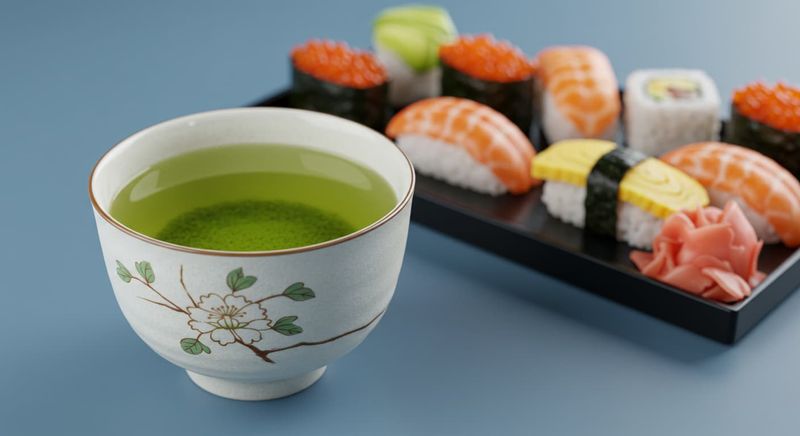
Konacha is a type of Japanese tea made from finely powdered green tea leaves. Unlike sencha or gyokuro, which are brewed from whole leaves, konacha is made by drinking the tea particles themselves.
Often made from leftover bits during the tea processing of sencha or gyokuro, konacha allows you to consume the entire leaf, maximizing the intake of beneficial nutrients like catechins and vitamins.
It has a mild, smooth taste with low bitterness and a rich aroma. The powder dissolves quickly, making it easy to brew and enjoy without a long steeping time. Due to its lower caffeine content, it's a health-conscious choice.
Konacha is also popular in cooking—used similarly to matcha in desserts or added to dishes for an extra flavor boost. For best results, use water at about 80°C and brew briefly for a mellow, drinkable tea.
What is Kamairicha?
Kamairicha is a unique type of Japanese green tea made by pan-firing the leaves instead of steaming them. While most green teas in Japan are steamed to prevent oxidation, kamairicha is roasted in an iron pan at high heat, preserving its green color and creating a distinctive aroma.
Its signature features are a toasty fragrance and mild, slightly sweet taste. The pan-firing process gives the tea a bright green color with a yellowish tint and creates a light, clean flavor compared to other green teas.
Kamairicha has less bitterness than steamed teas and offers a pleasant roasted flavor. It is known for its refreshing and smooth mouthfeel, making it especially easy to enjoy.
Brew it like sencha—with water around 80°C for a short time. Avoid overly hot water to prevent bitterness.
Although less well-known than other green teas, kamairicha is a hidden gem cherished by tea lovers for its unique production method and taste.
What is Hojicha?
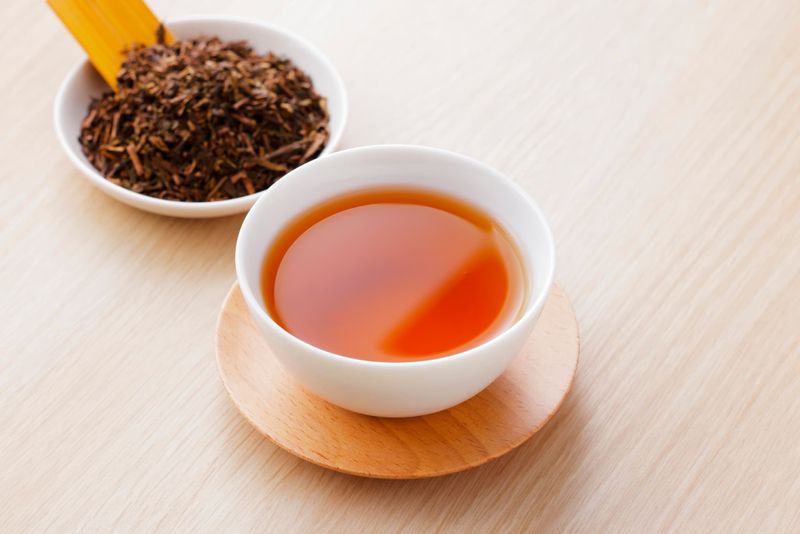
Hojicha is a type of Japanese green tea made by roasting tea leaves at high temperatures. While most green teas are steamed, hojicha undergoes a roasting process that turns the leaves brown and gives it a rich, toasty aroma.
Its distinct scent comes from the roasting, which can vary in strength. Lightly roasted hojicha has a refreshing flavor, while heavily roasted ones offer a deeper aroma and bold taste. Hojicha is low in caffeine, making it a great evening drink that promotes relaxation.
Due to its mild taste and roasted flavor, hojicha is especially popular as an after-meal tea. It pairs well with various cuisines—not just Japanese food—and can be enjoyed hot or cold.
Hojicha is affordable and widely available, making it a common household tea. Use boiling water and steep slightly longer to bring out its full aroma and flavor.
What is Black Soybean Tea?
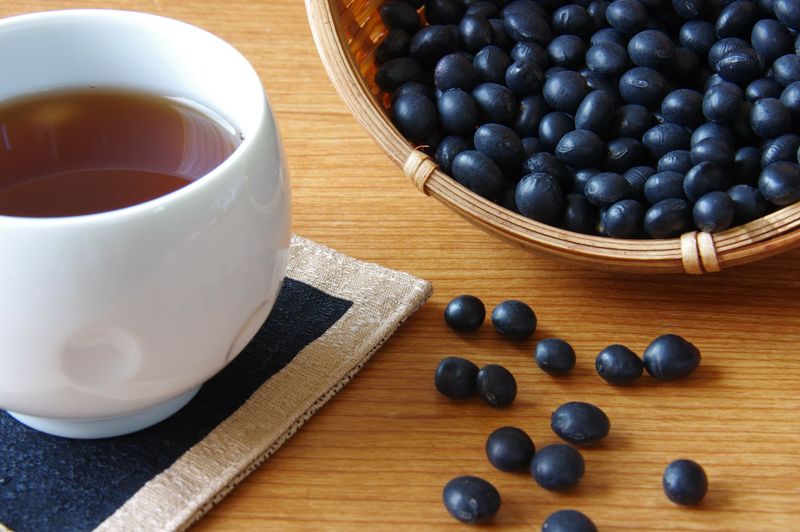
Black soybean tea is made by roasting black soybeans, producing a tea with a deep, toasty aroma and smooth flavor. Black soybeans are a variety of soy rich in nutrients, and the tea inherits many health benefits.
The roasting process brings out the beans’ natural sweetness and nuttiness. The flavor is smooth and mellow, with no bitterness, making it ideal for daily enjoyment. Since it’s caffeine-free, it’s suitable for nighttime drinking.
Kuromamecha contains antioxidants like anthocyanins, as well as isoflavones and fiber, which may support immunity, digestion, and circulation. It’s also known for aiding in beauty and wellness, including reducing swelling and supporting diet goals.
It can be enjoyed hot or cold and pairs well with food—especially Japanese dishes and light snacks.
What is Soba Tea?
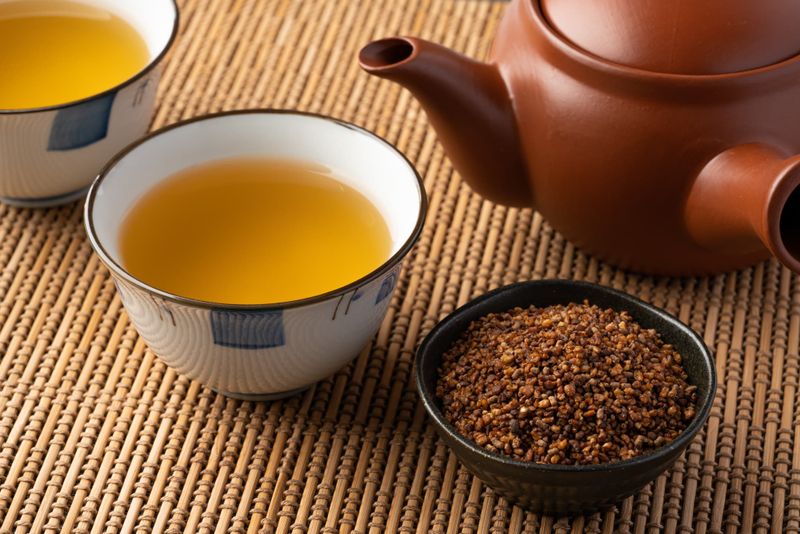
Soba tea is a caffeine-free herbal tea made from roasted buckwheat groats. It is known for its nutty aroma and light sweetness. During roasting, the unique flavor of buckwheat is enhanced, giving soba tea its signature taste.
The tea has a warm, comforting flavor that is easy on the stomach, making it a favorite after meals. Since it contains no caffeine, it’s safe for all ages.
Soba tea is rich in rutin, a polyphenol with antioxidant properties, which may help improve blood circulation and overall health. It also contains fiber and minerals beneficial for wellness.
Enjoy it hot or cold—it’s particularly popular chilled during summer. Its clean taste and roasted aroma pair well with a variety of foods, making it a beloved beverage for everyday use.
